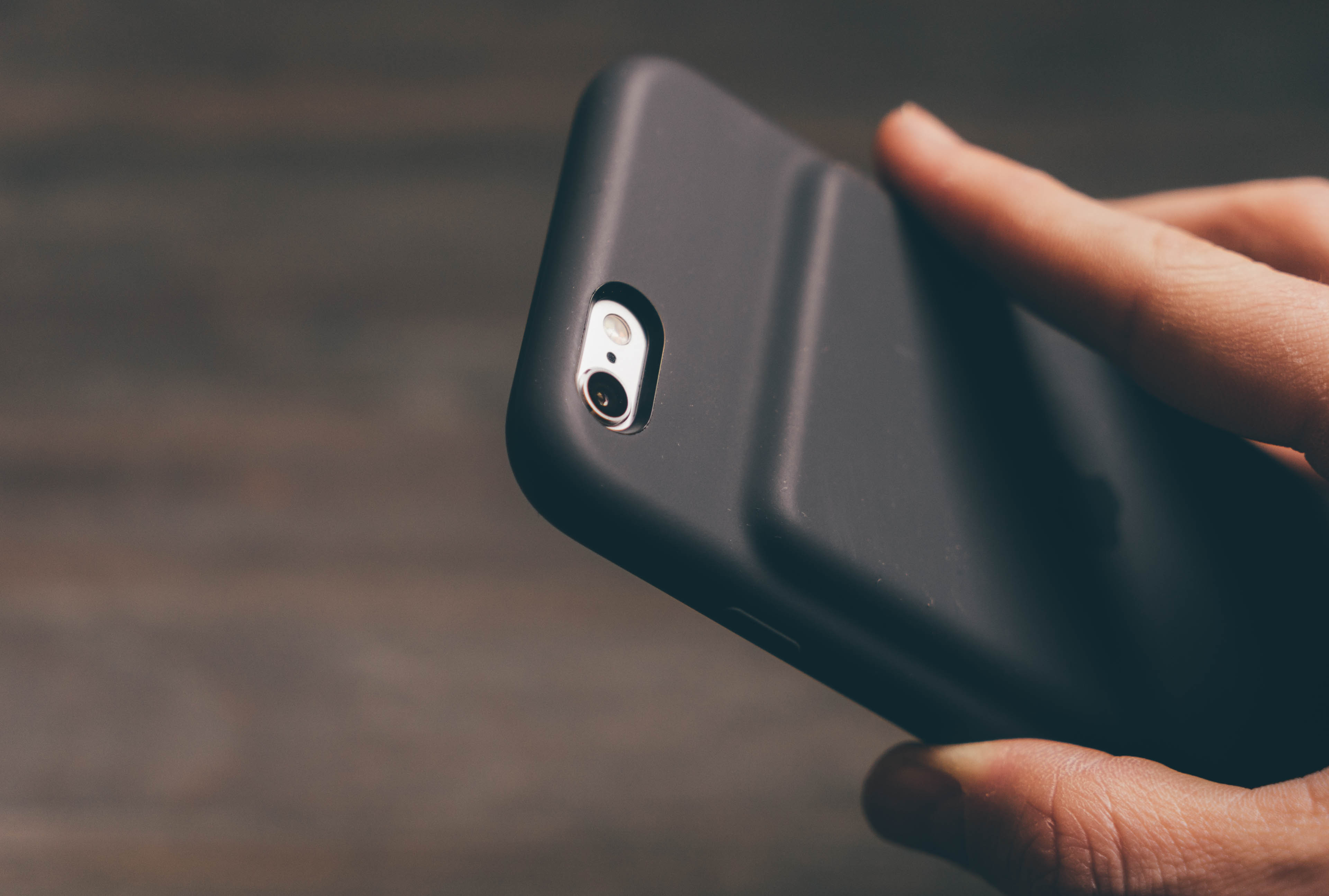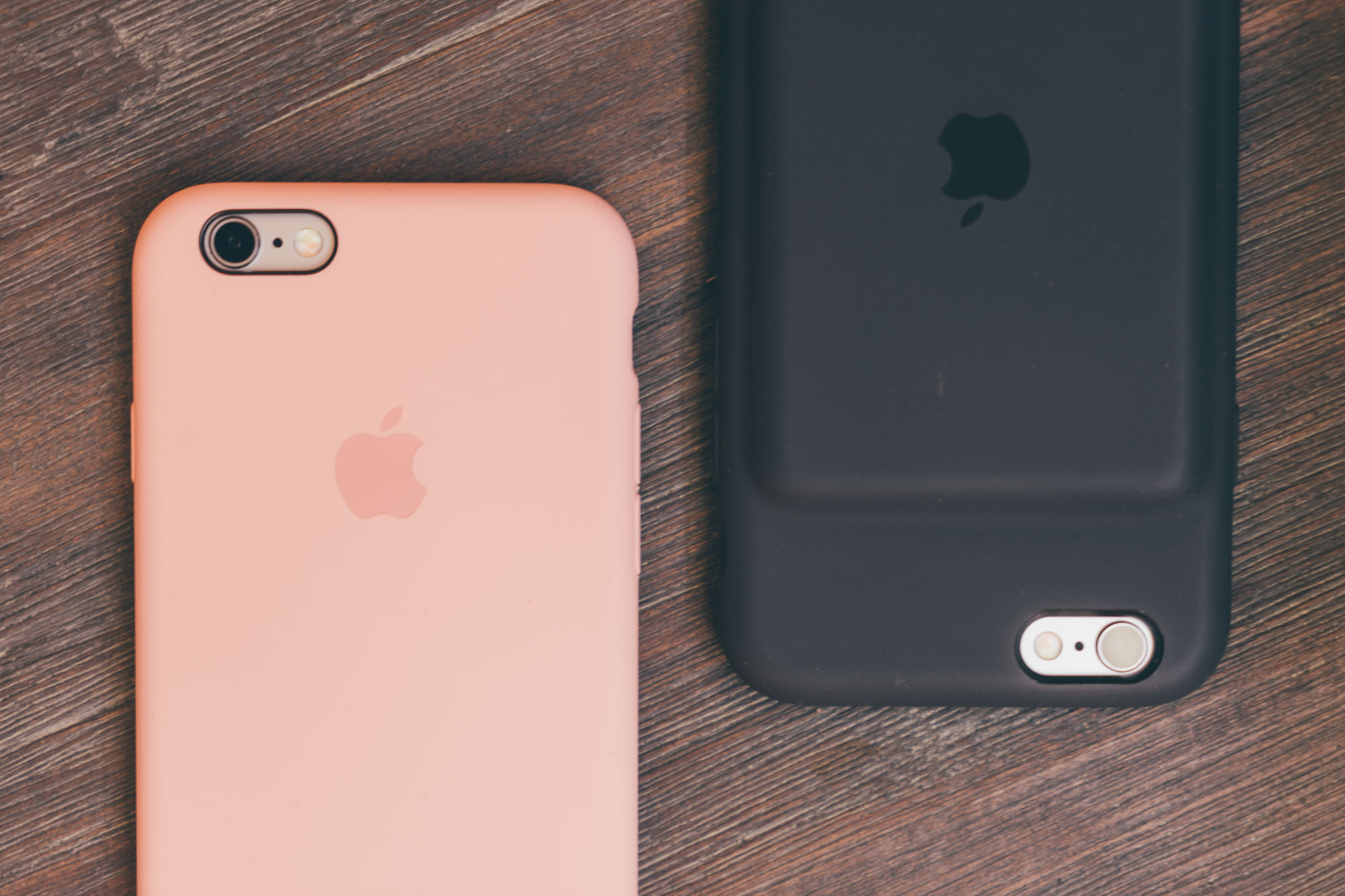Hello there, welcome to another issue of Morning Coffee, my weekly roundup of interesting writing.
Issue #28: Star Wars, film, and photography
After a few months of hiatus caused mostly by the pressures of work, these days I seem to be looking at film with a renewed interest once again.
Let’s get to it.
♤
Roughly a month after the iPad Pro was released, the second wave of reviews are starting to pop up around the Internet. I really liked Stephen Hackett’s take on it, as usual:
And that’s why the iPad Pro, with its crazy-powerful CPU, super-accurate Pencil and 12.9-inch screen is such a mind-bending device to me. The hardware is more Mac-like than ever, and iOS is more flexible now than ever before. In many ways, the iPad Pro feels like a line in the sand. Will we all cross it eventually, or will the computing world remain fractured between those who can use a tablet for everything, and those who can’t?
♧
Great travel log and in-depth iPhone review by Nick Heer.
♡
Must-read piece over at The Mary Sue (spoiler alert for Jessica Jones, though):
This is why Jessica Jones is triggering, and this is also why Jessica Jones is vital. While it masquerades as a show about heroes and villains, ultimately, Jessica Jones is not a fantasy. It’s the reality of existing in a patriarchal society that does everything it can to silence, dismiss, and ignore women—that strips power and agency from us at every conceivable level: domestically, romantically, politically, legally, and in the media.
♢
I was surprised — and delighted — to discover yesterday that the latest installment in the Star Wars franchise, The Force Awakens, was shot entirely on film. The majority of the movie was shot on Kodak Vision3 35mm film, except for a few scenes that were shot on Kodak Vision3 65mm film. Considering episodes II and III were 100% digitally shot by Lucas, this represents a wonderful change for the better.
Before you go all pro-digital on me, let me remind you that movies need to endure for generations. Episodes II and III were shot 13 and 10 years ago respectively, and were two of the first fully-digitally shot movies ever. However, they were shot at a then-state-of-the-art 1080p resolution at 24 frames per second, a standard that is already starting to become obsolete. That means these movies can’t be converted to 4K resolution without upscaling. That the master recordings of these movies have only managed to last a decade or so before being out-resolved by existing consumer-grade technology is absolutely unacceptable.
On the other hand, the original trilogy — episodes IV, V and VI — were shot on 35mm film, meaning the existing masters, as complicated a history as they’ve had, offer more than enough detail for a 4K scan and eventual release. In fact, several 4K restorations of the original trilogy are either complete, or currently in the works.
Let me say that again: a movie shot on film in 1977 can be released in 4K today, but a movie shot digitally in 2005 can’t — not without losing detail at least. If there’s a better example of irony in the history of cinema, I don’t know it.
♤
Speaking of Star Wars and film, this great 2010 article by Ben Kuchera for Ars Technica shined some light on the current available copies of the original Star Wars film. Famously, Lucas said a few years ago that the original negative had been heavily damaged in the process of creating the 1997 Special Edition restoration. This was a hard blow for fans of the original theatrical release, many of whom still have hopes of eventually seeing a modern restoration of the original versions of these movies.
To find out if such a release is even possible, Kuchera interviewed Michael Kaminsky, author of the book The Secret History of Star Wars, and this is what he had to say:
Kaminski points out that a duplication of the original negative—commonly printed for the sake of protection—doesn’t seem to exist for Star Wars. Something better was created, though: separation masters. “These are special silver-based copies that do not fade, and in theory should be almost identical in quality to the original negative itself, so even if the negative was destroyed you still have a perfect copy (which is the point of making the separation master).” Duplicates from these prints were used to replace damaged sections of the negative during the restoration before the release of the Special Edition.
This is all fascinating. As for whether film continues to be a good format for long-term archival, Kaminsky says yes, very much so:
It’s unclear how the film exists digitally within Lucasfilm, but Kaminski does know one thing: the scanning done in the past has become obsolete. “The 1997 SE scans were done in 2K and the 2004 Special Edition was done in 1080p, but now the standard is 8K (4 times the 1997 SE and about 7 times the quality of the 2004 SE), and the color reproduction is better too,” he says.
While it may seem counter-intuitive, the original film remains important as the most robust way to store this information. Hard drives fail, and data is vulnerable to time. “This may seem silly because everyone always talks about how fragile film is, but film is the most robust, durable image technology we have ever invented. There are reels of film that date back to the 1920s that still look pretty good.” He claims that color Eastman Kodak film has a half-life of around 50 to 60 years. Oddly enough, the negative film used in the 1970s to shoot Star Wars is less stable than the film used before or after. We’ll get to a point where all we have left are digital copies, but technology has only recently allowed digital copies to rival the original celluloid in quality and detail.
♧
Erin Brooks wrote a fantastic review of the Fuji X100T camera:
The camera is digital, but the results are made to look like film, and it has film filters built in that I can select before I shoot a photo. I love the look of film, so this is a huge bonus in my eyes. The tones and colors are nicely dynamic, with lots of detail captured in shadows and highlights. It’s not exactly the same as film, but it comes close enough for me to enjoy that part of it thoroughly. And, the fact that it’s digital means I get the immediate gratification of having my photos right away. It’s the best of both worlds as far as getting a film look, without the wait to develop the roll. I still usually edit my photos in post, but honestly, I don’t have to with most of my FujiFilm X100T images if I don’t want to: they already look beautiful straight out of the camera.
Built-in film presets are without a doubt the main reason Fuji cameras are so appealing to me, and the X100T in particular seems to capture the essence of shooting film better than any other digital camera out there.
♡
Wonderful in-depth review of the Olympus E-M10 Mark II by Jordan Steele:
The E-M10 II lacks the E-M5 II’s high res mode, has a smaller EVF and lacks weather sealing. However, aside from those major points, it is almost identical. The original E-M10 was also a great value, but Olympus did cut some key things to differentiate the camera. This time around, it seems they cut almost nothing. The E-M10 Mark II feels like a complete camera, with outstanding in-body image stabilization, robust construction, outstanding haptics and ergonomics and an exceptionally long feature set.
Looks like the successor to my favorite small camera is another winner from Olympus.
♢
Sony cameras have a rather unique feature: their PlayMemories app store, where you can download apps that provide extra features directly to your camera. Sky HDR is one such app, and it does precisely what its name implies: it allows you to capture high dynamic range images by combining multiple frames shot with different exposure parameters entirely in-camera.
The bad news is that the app will cost you $9.99, which is rather ridiculous considering what you already paid for the camera. It does appear to be pretty useful, though:
There are a few essential uses for this app. First of all you don’t need to carry the whole filter kit and worry about dust and glare. You also don’t need to worry about combining anything in post production. You get as much data in one image as you can get. And for all of us Instagram lovers and social people, you can export this shot right to your phone and post it right away on the spot. You also save money by not buying extra gear that typically is needed to get similar results. Filter kits can go from $50 to $500 if you’re really into it. I know many landscape shooters spend a lot of time in post production, but this is the quicker way to get at least a portion of the job done. This app is not designed to be everything for everyone, so keep an open mind and see if this $10 investment is right for you.
♤
Michael Fraser goes to London armed with a Mamiya 7, a Leica MP, a Wista VX, and lots and lots of film. Lovely images.
♧
Afterword
It appears film is making a strong comeback in the filmmaking industry and I, for one, couldn’t be happier about it. Many critically acclaimed directors like J.J. Abrams and Christopher Nolan are unapologetic in their love of film, and this points to a bright future in the industry.
Shooting a motion picture on film not only helps achieve a certain look that is preferred by many, it also enforces a series of logistical limitations in the way productions are handled and shootings scheduled. The slow nature of film has a way of ensuring things are not rushed, and demands that a substantial amount of thought and care be put into every aspect of the shoot.
This may seem like a logistical nightmare in the digital era — and to some extent, it is — but when you see the end result, more often than not the increased complexity and difficulty end up being completely worth it.
As for future-proofing, the fact that 35mm film — not to mention 65mm or even 70mm film — still out-resolves most state-of-the-art digital recording systems should be all the argument we need to persevere in the use of film. It doesn’t matter how good a digital system may look today, the odds of it being rendered obsolete in just a few years’ time are substantially high, and that’s too big a risk to take when we’re talking about movies with budgets in the several-hundred-million-dollar range.
I’m sure there will come a time when digital is unequivocally better than film for all practical purposes, but it appears we’re not quite there yet and, truth be told, I’m in no hurry to get there at all.
♡
On the work front, I’ve been testing Apple’s new Smart Battery Case for the past week or so, and I’m now working on my full review of it for Tools & Toys. It should be ready for publication soon.
Admittedly, at first glance the Smart Battery Case looks terrible, with a super-weird hump on the back. Once you get past that, though, I’ve found it’s actually a pretty good accessory for your iPhone 6/6S.
Now, it’s true that there are other cases out there with bigger batteries inside, but for most people I think the Smart Battery Case will offer plenty of power. Just for reference, I managed to get over three full days of regular use after starting with both my iPhone and the case at 100% charge. Add to that the built-in Lightning port and the integration at the iOS level that only an Apple-made case can provide, and you have a compelling product that will surely sell well despite that unsightly hump.
I’ll have much more to say about the Smart Battery Case in the full review, so stay tuned.
♢
And on that note, we’ve reached the end of this issue. As usual, thank you for reading, and have a great weekend.




